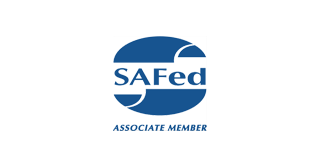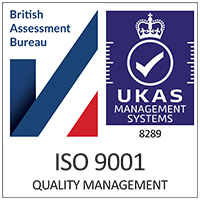Whether you run a small workshop or manage a large manufacturing facility, chances are your business uses substances that could be harmful to health. From cleaning products and solvents to dusts, fumes, and gases, these substances are more common than many realise — and if not properly controlled, they can cause serious short- and long-term health problems.
That’s where COSHH comes in. The Control of Substances Hazardous to Health (COSHH) Regulations 2002 are designed to protect employees and others from the risks associated with hazardous substances. As a business owner, it’s your legal responsibility to understand these regulations and put the right measures in place.
Here’s what you need to know.
What Is COSHH?
COSHH is a set of UK regulations that requires employers to control substances that are hazardous to health. These can include:
-
Chemicals and cleaning agents
-
Fumes from welding or soldering
-
Dust from wood, flour, or stone
-
Mists, vapours, and gases
-
Biological agents such as bacteria, viruses, and fungi
COSHH applies to nearly every industry — including construction, healthcare, engineering, agriculture, food production, and more.
What Are Your Legal Duties Under COSHH?
As an employer or duty holder, you must take steps to prevent or reduce workers’ exposure to hazardous substances. This includes:
1. Identifying Hazardous Substances
Know what’s being used in your workplace. Review Safety Data Sheets (SDS), labels, and any substances created as a by-product of work activities.
2. Assessing the Risks
Carry out a COSHH risk assessment to determine:
-
How workers might be exposed
-
What the health effects could be
-
Who is at risk and how often exposure occurs
This assessment must be recorded if you employ five or more people.
3. Controlling Exposure
Implement control measures to prevent exposure. This might include:
-
Substituting hazardous substances with safer alternatives
-
Using local exhaust ventilation
-
Providing appropriate Personal Protective Equipment (PPE)
-
Installing containment or extraction systems
4. Providing Training and Information
Make sure your employees:
-
Understand the risks associated with the substances they handle
-
Know how to use control measures and PPE correctly
-
Are trained in emergency procedures
5. Monitoring Exposure and Health
Where required, you may need to carry out regular exposure monitoring and health surveillance — particularly if workers are exposed to known respiratory sensitisers, carcinogens, or skin agents.
6. Maintaining Records and Reviewing Assessments
Keep records of:
-
Risk assessments
-
Control measures
-
Maintenance schedules
-
Health surveillance results (where applicable)
Review assessments regularly, especially if work processes change or new substances are introduced.
Why COSHH Compliance Matters
Failing to comply with COSHH can have serious consequences for your business:
-
Employees may develop preventable health conditions such as asthma, dermatitis, or cancer
-
You may face fines, legal action, and enforcement from the Health and Safety Executive (HSE)
-
Insurance claims may be denied in the event of an incident
-
Your business reputation may suffer, especially if preventable harm occurs
Investing in good COSHH management not only keeps your staff safe — it also protects your business from costly risks.
How SIS Ltd Can Help
At SIS Ltd, we help businesses understand and comply with COSHH regulations. Our engineer surveyors provide:
-
Professional COSHH risk assessments
-
Practical advice on exposure control
-
Guidance on monitoring and documentation
-
Support in meeting your legal duties
Whether you’re just starting to build your COSHH procedures or want to improve your existing setup, we’re here to help.
Need help with a COSHH assessment? Contact SIS Ltd today to arrange a consultation with one of our health and safety specialists.











